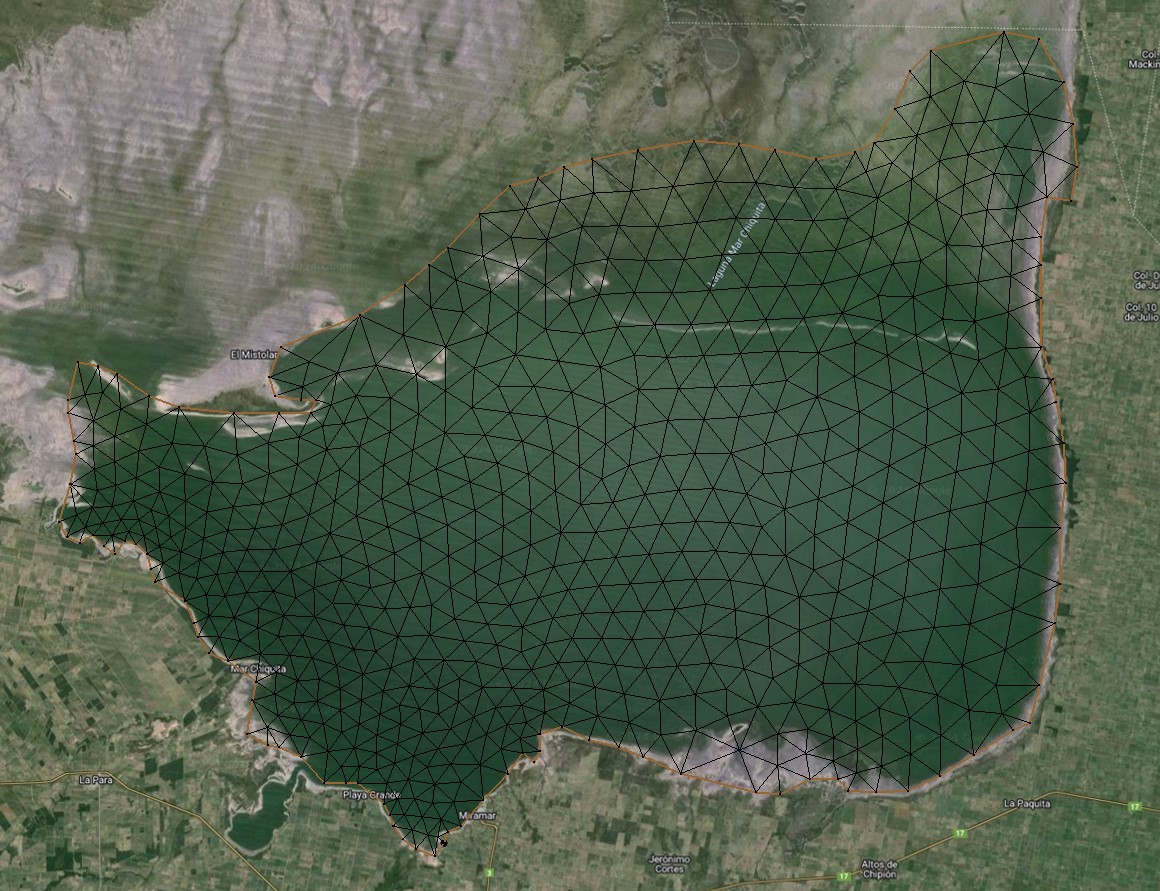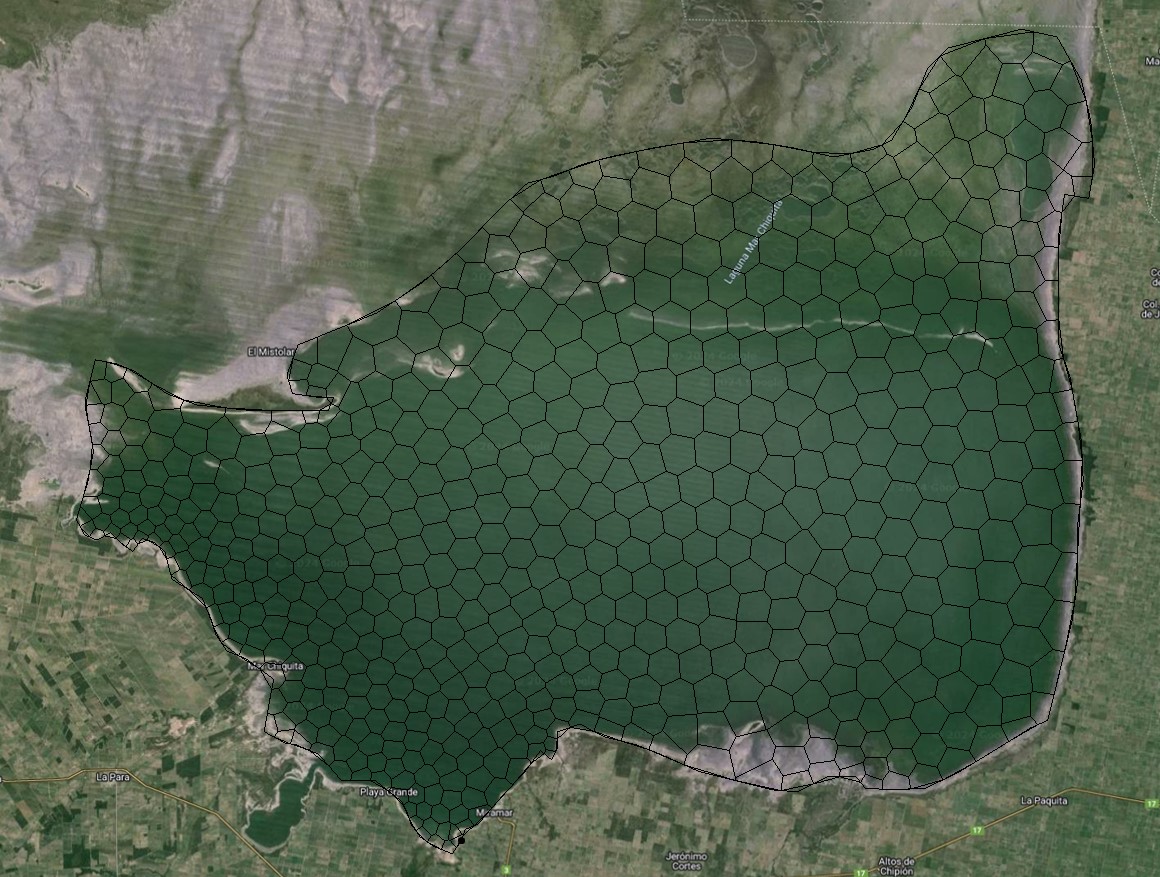Template:Voronoi UGrid from UGrid: Difference between revisions
From XMS Wiki
Jump to navigationJump to search
| Line 18: | Line 18: | ||
====Example==== | ====Example==== | ||
[[File:SMS GMS Voronoi UGrid from UGrid Before.jpg]]|thumb|400 px|Example of a UGrid before conversion]] | [[File:SMS GMS Voronoi UGrid from UGrid Before.jpg]]|thumb|none|400 px|Example of a UGrid before conversion]] | ||
[[File:SMS GMS Voronoi UGrid from UGrid After.jpg]]|thumb|400 px|Example of a Voronoi UGrid after conversion]] | [[File:SMS GMS Voronoi UGrid from UGrid After.jpg]]|thumb|none|400 px|Example of a Voronoi UGrid after conversion]] | ||
<!-- | <!-- | ||
====Related Tools==== | ====Related Tools==== | ||
Revision as of 17:11, 6 August 2024
Voronoi UGrid from UGrid
The Voronoi UGrid from UGrid tool creates a Voronoi UGrid from an existing geometry (2D Mesh, Scatter Set, or UGrid). The tool uses the centroid of each triangle, element or cell of the input geometry as a node in the resulting Voronoi UGrid. The cells around the edge of the UGrid are created by adding a Voronoi node at the bisection of the boundary edge and connecting that node to the node at the triangle/element/cell centroid.
These meshes can be passed into HEC-RAS 2D for analysis.
Input parameters
- Input grid – Select the geometry that will be converted to a Voronoi UGrid.
Output parameters
- Output grid name – Enter the name for the new Voronoi UGrid. This will be a UGrid because scatter sets and meshes do not support polygonal cells.
Current Location in toolbox
Unstructured Grids/Voronoi UGrid from UGrid
Example
 |thumb|none|400 px|Example of a UGrid before conversion]]
|thumb|none|400 px|Example of a UGrid before conversion]]
 |thumb|none|400 px|Example of a Voronoi UGrid after conversion]]
|thumb|none|400 px|Example of a Voronoi UGrid after conversion]]